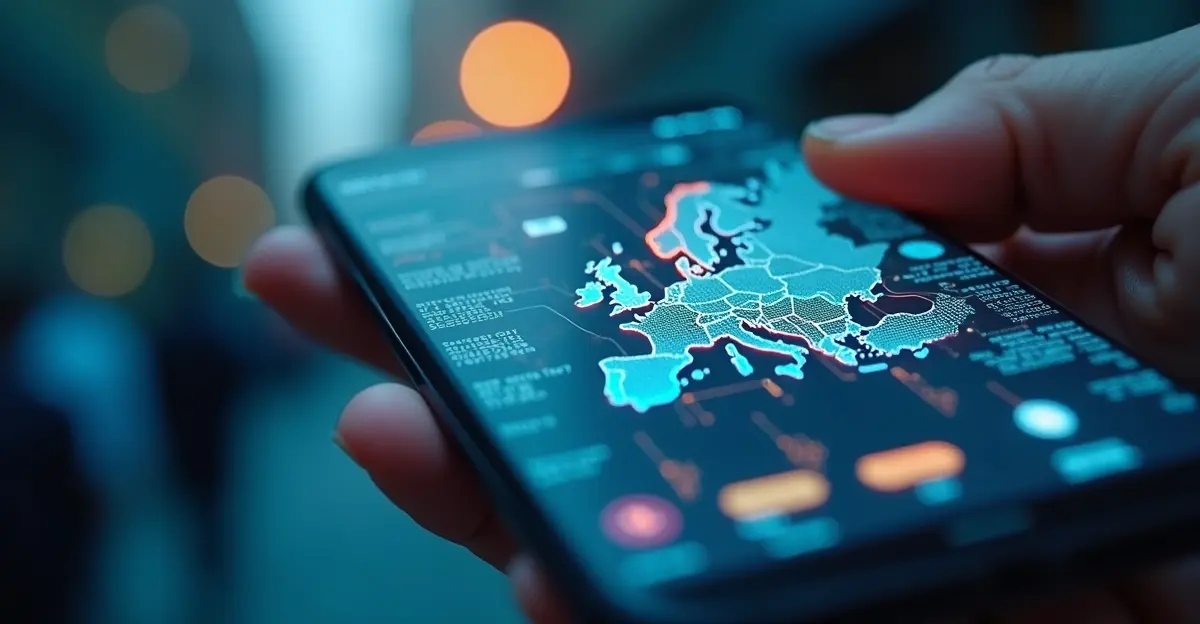Governments are implementing biometric digital ID systems for healthcare, voting, and benefits access. While promising reduced fraud and improved service delivery, these systems face privacy concerns and implementation challenges.

Digital Identity Revolution Reaches Government Services
Governments worldwide are rapidly implementing biometric digital identity systems that promise to transform how citizens access essential public services. From healthcare and voting to social benefits, these secure digital credentials are becoming the new standard for identity verification.
Federal Push for Modern Identity Systems
President Biden's January 2025 executive order has accelerated the adoption of privacy-preserving digital identity systems across federal agencies. 'Digital identity is fundamental to government service delivery and cybersecurity,' stated a White House official familiar with the initiative. The order mandates federal agencies to prioritize modern digital credentials, recognizing their potential to streamline service access while reducing fraud.
The Transportation Security Administration (TSA) has already expanded mobile driver's license (mDL) acceptance to 22 airports nationwide, with states like California, Illinois, and New Mexico advancing digital ID legislation. 'We're seeing unprecedented momentum in digital identity adoption,' noted a technology policy expert from Biometric Update.
Healthcare and Benefits Transformation
Digital IDs are revolutionizing healthcare access and benefits distribution. The Social Security Administration launched a pilot program allowing mDL verification for replacement cards in Arizona and Maryland. 'This represents a significant step toward reducing improper payments that have cost the government billions,' explained a benefits administration official.
According to The Atlantic Council, improper payments reached $71.8 billion in Social Security alone between 2015-2022, with $162 billion across 68 programs in 2024. Digital identity systems offer the potential to dramatically reduce these losses while improving access for underserved populations.
Voting Security and Authentication
Biometric technology is also making inroads into electoral systems. Research from International Journal of Computer Applications demonstrates how biometric-enhanced voting machines can prevent voter fraud through facial recognition and other authentication methods. 'Biometric systems eliminate duplicate voting and impersonation while maintaining voter privacy,' stated an election security researcher.
However, the implementation faces challenges. 'We must balance security with accessibility,' cautioned a voting rights advocate. 'Digital IDs should enhance democracy, not create new barriers to participation.'
Privacy and Implementation Challenges
Despite the potential benefits, significant hurdles remain. Privacy advocates warn about 'function creep' where digital ID uses expand beyond initial purposes. 'Once collected, biometric data becomes permanent and vulnerable to misuse,' warned a digital rights activist.
Technical challenges include interoperability issues between states, liability concerns, and varying data protection standards. The lack of uniform federal mandates creates uncertainty about the future trajectory of digital ID implementation across different administrations.
As Federal News Network reports, success depends on collaboration between federal agencies, private-sector innovators, and policymakers to create a secure, interoperable ecosystem that builds public trust through transparent data governance.
The Future of Digital Identity
As biometric digital IDs continue to evolve, they represent a historic opportunity to reshape citizen-government interactions. The technology promises to eliminate physical documents, reduce administrative costs, and provide more secure access to essential services.
'We're at a turning point in how we think about identity and access to public services,' concluded a technology policy analyst. 'The challenge is ensuring these systems serve citizens while protecting their fundamental rights and privacy.'

 Nederlands
Nederlands
 English
English
 Deutsch
Deutsch
 Français
Français
 Español
Español
 Português
Português









